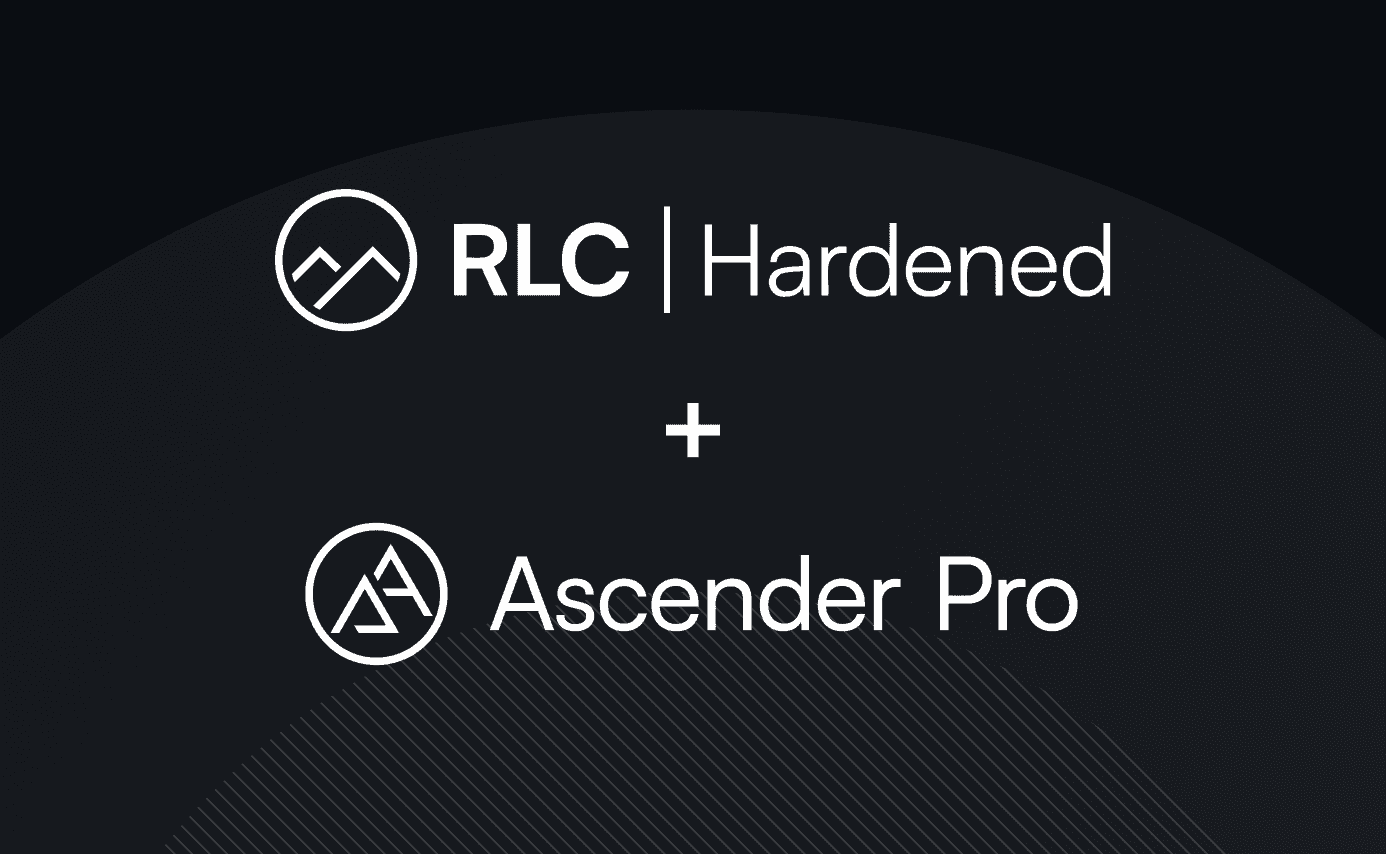4 min read
How to Fix the Manual Processes That Hold Back Your Business

Raise your hand if you’ve ever found yourself stuck pulling an all-nighter, staring at the command line and applying patches to hundreds of servers, hoping you can get to sleep by 4AM. You’re digging through log files, on a treasure hunt for exceptions. Ah, the subtle joys of IT administration. (You can put your hand down now.)
Whether it’s playing whack-a-mole configuration drift or watching your weekend plans vanish because a server migration went sideways, manual processes are doing more than just draining your energy — they’re holding your business back. Let’s be honest: if you’re still provisioning servers like it’s 1999 (or even 2009), it’s time for an upgrade.
Today’s businesses need to scale quickly, optimize operations, and drive innovation — all while maintaining stability and compliance. For many companies, especially those with complex IT environments, achieving this balance can be difficult. And when relying on manual processes to manage IT infrastructure, the challenges multiply.
The solution: you gotta start automating.
We’re past the time for manual IT administration work
Doing deployments, patching, provisioning, and troubleshooting by hand may have been sufficient in the past, but these processes are significantly hindering your company’s efficiency and growth potential. Here are just a few of the ways the manual work is holding you back:
- Human error: Repetitive tasks performed by IT staff are prone to human error and “fat-fingering” something. Whether it's a configuration mistake, a missed security update, or an overlooked compliance check, errors can lead to costly downtime, security breaches, operational inefficiencies, and broken keyboards.
- Scalability issues: It’s not realistic to think that a team of experts can manage the scaling needs of an entire enterprise without automation. Manually managing a growing number of systems, applications, and networks becomes nearly impossible. The workload increases exponentially, and IT teams become overwhelmed, struggling to keep up with demand.
- Time consumption: Routine tasks (server maintenance, software updates, system monitoring, etc.) require lots of time. This diverts IT staff from more strategic work, slowing down innovation and reducing a business's ability to respond quickly to market changes.
- Inconsistent results: When different team members handle tasks manually, there’s no guarantee that processes will be executed consistently. Next thing you know, you’re dealing with inefficiencies, security vulnerabilities, and unpredictable outcomes across systems.
None of this is fun. No one wants to be dealing with this for a living. Right? You probably already know all this by now, but it bears repeating: automation is essential to meeting the technological needs of today’s businesses — especially enterprises. Everyone’s being told to “do more with less” and scratching their heads trying to figure out how to eke out more productivity. Well, that’s where automation fits in.
Automation is the future of yesterday’s IT
We’re living in an age when our refrigerators have wifi so they can tell us we’re running low on milk. To say that “automation is the future of IT” is already pretty short-sighted. Realistically, automation is the present of IT. If you’re not using automation, it’s time to jump on board.
Automation isn’t just about setting up systems to run themselves — it’s about buying back your time. Imagine a world where server patches apply themselves, compliance checks run on autopilot, and you can confidently go to lunch without worrying that a single keystroke is going to send your network into a tailspin. That’s the magic of automation: it handles the boring, repetitive work, so you don’t have to.
Think of automation like a superpower. Instead of chasing down performance bottlenecks or manually rebooting servers, you can focus on the cool stuff: optimizing workflows, dreaming up new ways to improve your systems, and getting away with scripting away your entire job.
With all the latest AI apps, you can pretty easily have an LLM come up with automation playbooks that make your job way easier. For example, you can automate tedious processes, like fully qualifying module names in seconds. No more scrolling through code late at night grumbling at your laptop. Just a few clicks, and boom, it’s done. Use automation and AI to do the heavy lifting so you can take a na—er, focus on more strategic initiatives.
- Save money (and sanity): Hiring more people to handle repetitive IT tasks is like buying new shoes every time you get a scuff. Automation reduces manual labor, minimizes mistakes, and keeps things running smoothly, all while saving you a boatload of cash.
- More growth, less headache: As your business grows, so do your IT demands. Manual processes won’t cut it when you’re juggling a complex environment. Luckily for you, automation scales like a champ, handling everything from tiny startups to sprawling enterprises without breaking a sweat (or your spirit).
- Lock it down (without losing sleep): Security and compliance are non-negotiable. Automation ensures consistent updates, logs every change, and monitors changes across your infrastructure. Stop scrambling to fix things after the fact. Get peace of mind knowing your systems are secure and compliant from the get-go.
- Faster, happier, more productive: What used to take hours, or even days, can now be done in the time it takes to order lunch. Automation lets you breeze through tasks like server deployments and updates, freeing up your team to focus on more exciting things, instead of becoming senior ClickOps admins.
The bottom line: Automation is non-negotiable
Relying on manual processes to keep your IT infrastructure running is like fighting an uphill battle with a wooden sword. In a world where speed, accuracy, and scalability are essential, automation isn’t just a “nice to have” — it’s absolutely non-negotiable. The longer you wait to automate, the more you’ll find yourself falling behind, wasting time, and pulling your hair out over tasks that could be done in a fraction of the time.
That’s where Ascender and Ascender Pro come in to save the day. Ascender automates everything from deployments to scaling, so you can run your infrastructure smoothly without the constant firefighting. Whether you’re handling cloud, on-prem, or hybrid environments, it keeps your systems humming along, so you can focus on what really matters.
And Ascender Pro is your trusty sidekick for all things security and compliance. It visualizes everything about your infrastructure ecosystem, from OS versions to vulnerabilities to detailed logging. It gives you peace of mind, with reporting that ensures every change is tracked and every system is compliant.
Automation isn’t optional anymore. It’s time to streamline, secure, and scale like never before.
Interested in automating your business with Ascender and Ascender Pro? Already have Ansible? Talk to us: info@ciq.com.
Built for Scale. Chosen by the World’s Best.
1.4M+
Rocky Linux instances
Being used world wide
90%
Of fortune 100 companies
Use CIQ supported technologies
250k
Avg. monthly downloads
Rocky Linux


